How To Get Bigger Muscles
Follow these training methods and start with our sample workout
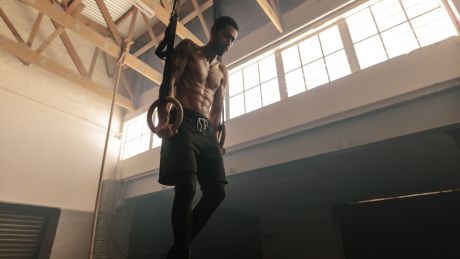
There’s nothing wrong with wanting to fill out a T-shirt, but – just in case you’re struggling to justify spending precious time doing curls – there are plenty of non-aesthetic reasons to build muscle.
Firstly, it fortifies bones, ligaments and tendons, making injury less likely. Muscle is metabolically active – demanding more calories both to maintain and repair – and adds insulin receptor sites to your body, so having more makes it easier to stay lean. It can improve your posture, combat age-related decline and – according to a study from Tufts University in the US – beats blood pressure and cholesterol as a biomarker for longevity.
Building muscle mass (technically termed hypertrophy) comes in two basic flavours: sarcoplasmic, where the volume of fluid in your muscle cells increases without adding much extra strength; and myofibrillar, where you actually add myofibrils, the “motors” of muscle fibre. Whether you can specifically train for one or the other is hotly debated, but don’t worry too much – a smart training programme will hit both.
Crucially, muscle isn’t always directly correlated with strength. The best bodybuilders often focus on muscle tension rather than lifting the heaviest weights possible, which is something to bear in mind when you’re coming up with your training plan.
Use a two-way split
Three sets of ten are best for strength, right? In fact, mixing up your rep ranges ensures you’ll hit more muscle fibres, maximising work and ensuring growth. One good rule to follow? Split it up. “Work in sets of five to ten on weighted exercises and sets of ten to 20 on bodyweight exercises,” says body composition specialist Andrew Tracey. This way, you’ll build strength as well as muscle.
Train on the minute
There’s a lot to be said for maximising time under tension – the total time your muscles are working against resistance – but research published in the Journal Of Applied Physiology shows that explosive, concentric-only training produces similar hypertrophy. Do both with a superset of press-ups and slow-eccentric dumbbell bench presses (five reps each).
Use finishers
“Using antagonistic supersets – opposing movements or muscles – within an EMOM allows each muscle group to recover briefly so it can perform again at the same intensity, while maintaining the overall effort level,” says Tracey. Some research also shows that, for instance, your biceps relax as you press, improving rest phases and allowing you to move more weight.
Get the Coach Newsletter
Sign up for workout ideas, training advice, reviews of the latest gear and more.
If more muscle’s the goal, the temptation can be to devote a day to every body part – but apart from committing you to an unsustainable six-day schedule, that isn’t always optimal. As an intermediate-level lifter, you’ll be able to hit most muscles more than once a week with minimal loss in intensity, making your training more efficient and effective.
If you’ve got three days in the gym, one excellent option is to split your training into vertical and horizontal pushes and pulls: do overhead presses and inverted rows one day, pull-ups and benches another, and lower-body work on the third.
Don’t worry about...
Long-distance cardio. But there’s a caveat: while plenty of old-school bodybuilders might maintain that any cardio more taxing than climbing a flight of stairs can kill gains, modern research suggests that conditioning and hypertrophy go hand in hand. A 2012 study published in the International Journal Of Sports Medicine found that untrained men made better muscle gains with two or three sessions of moderate cardio a week than lifters who focused only on strength – possibly because they improved their work capacity. Keep it short and low-impact: five minutes of 30-second sprints with 30 seconds of recovery on the bike are ideal. This isn’t the time to train for a marathon.
See related
- How To Get Bigger Arms In Four Weeks – Follow This Workout Plan
- How To Get Bigger Shoulders
- How To Get Bigger Legs
The Workout
This upper-body workout twins antagonistic movements to maximum effect, then finishes with 100 perfect press-ups – you don’t need eight movements per body part if you do three correct!
1A Bench press
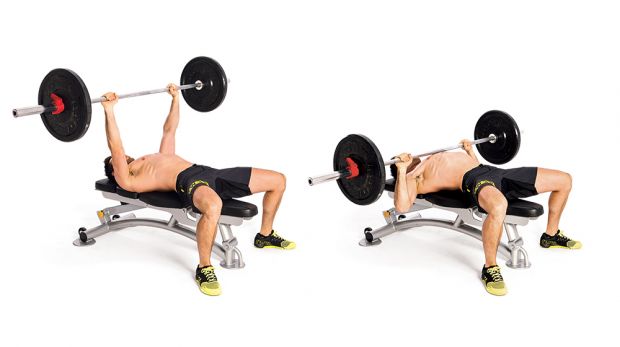
Sets 3 Reps 12
For best results, take a grip that’s roughly 1.5 times your collarbone width. Lower to your chest, pause to feel the stretch and drive up strongly.
1B Chin-up
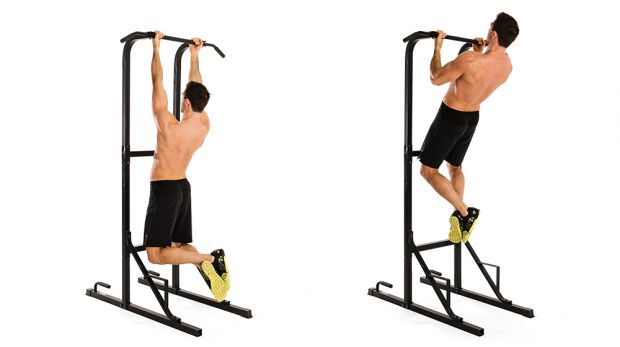
Sets 3 Reps 6
Make every rep count: aim to pull your elbows behind you to engage your lats, and get your whole head over the bar at the top.
2A Dip
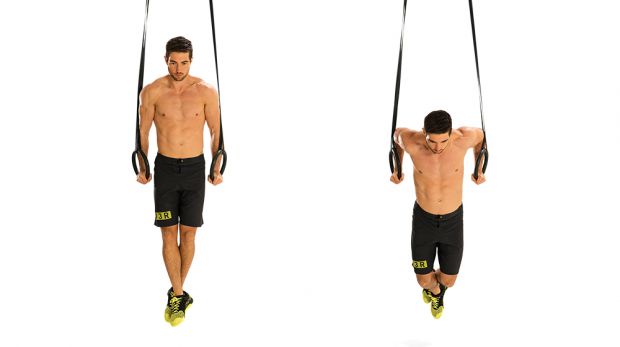
Sets 3 Reps 10
For a chest emphasis, use V-shaped bars, lean forwards and don’t pause at the top. For triceps, go parallel, stay straight and flex your tris at the top. Or switch between both.
2B Pendlay row
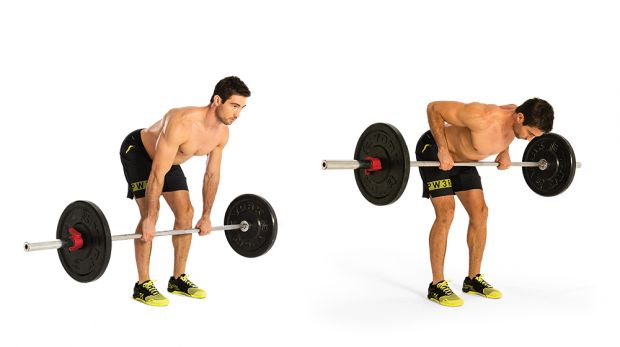
Sets 3 Reps 10
Bend forwards until your back’s horizontal, and take every rep from a dead stop. Bring your elbows behind you and try to touch your sternum with the bar.
Finisher Press-up
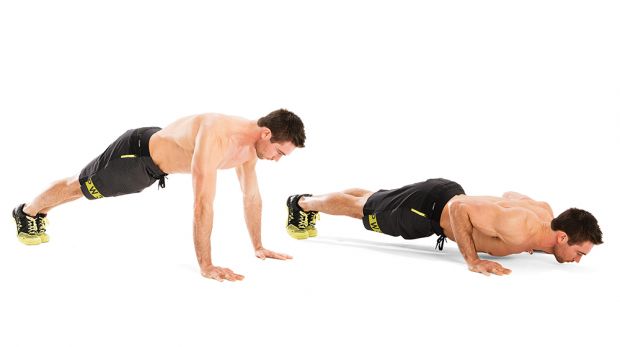
Set a timer, and do five press-ups every 15 seconds for five minutes – that’s 100 in total. If you fail at less than 50, do four per round next time. If you manage the lot, do six.
From 2008 to 2018, Joel worked for Men's Fitness, which predated, and then shared a website with, Coach. Though he spent years running the hills of Bath, he’s since ditched his trainers for a succession of Converse high-tops, since they’re better suited to his love of pulling vans, lifting cars, and hefting logs in a succession of strongman competitions.

